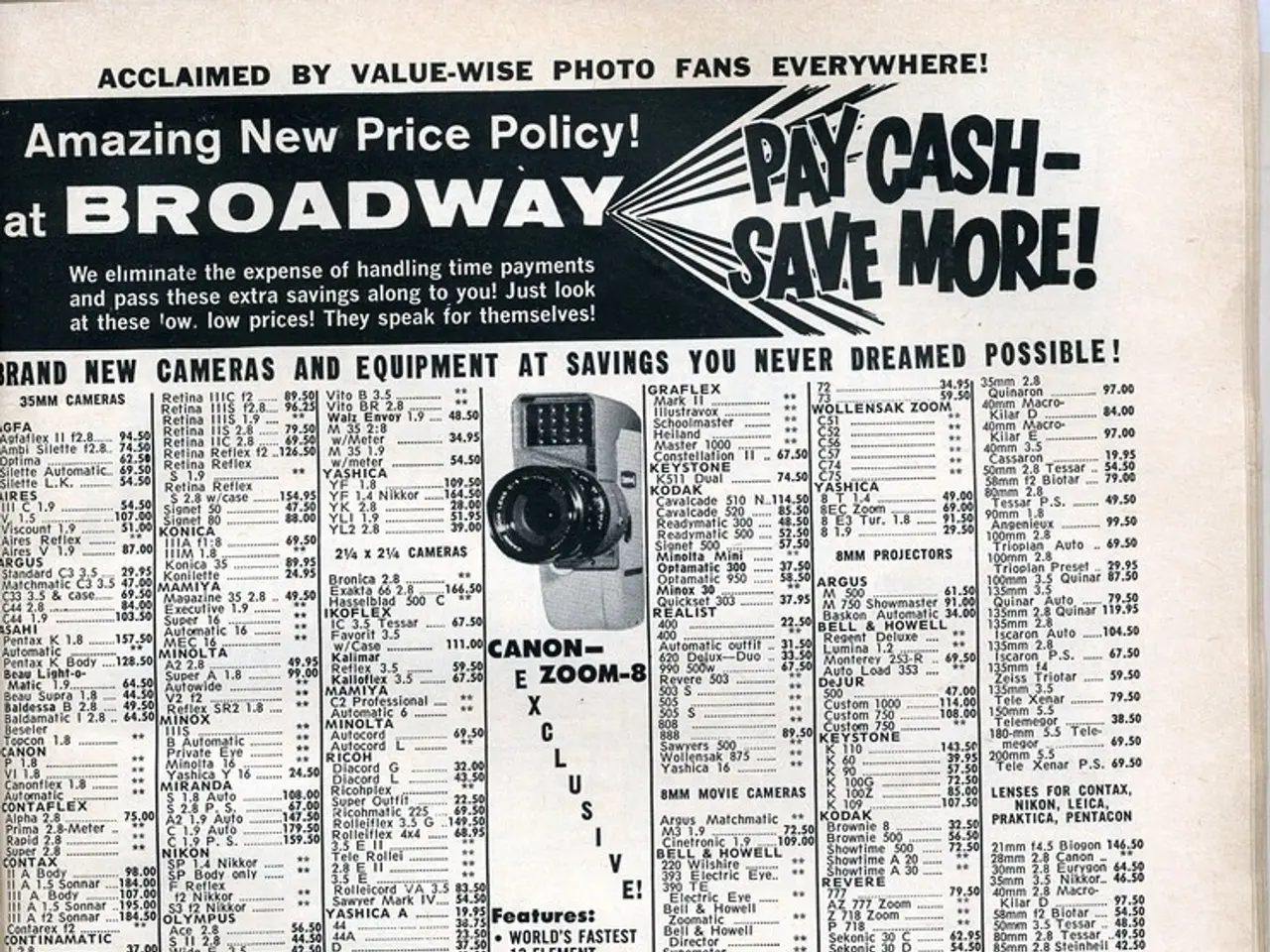Training and Integration Process: Is One-Step Approach Enough?
In the world of business, establishing a successful client relationship and integrating a product or service seamlessly into a client's workflow is paramount. This process involves two distinct yet interconnected stages: client onboarding and implementation.
Client Onboarding encompasses the entire customer journey after a sale is made. It begins with welcoming the client, integrating them into the service or product ecosystem, and providing training and education. The ultimate goal is to ensure the client realizes the expected value over time, fostering a long-term, successful relationship and improving client retention.
On the other hand, Implementation is a focused operational phase that gets the client started with the product or service. It involves the technical and operational setup, such as installation, configuration, integration, and going live. Implementation typically begins during or immediately after the sales process and covers the activities required to launch the solution in the client’s environment.
The distinction between these two stages makes clear that onboarding is a broader, holistic process aimed at overall client success, whereas implementation is a focused operational phase to get the client started with the product.
Clear communication between the onboarding and implementation teams is essential to ensure a smooth transition and a successful outcome. Client onboarding often includes welcome emails, product demonstrations, tailored support, and access to guides, ebooks, and other useful resources. Understanding the client's needs helps tailor the onboarding and implementation processes to align with their goals, pain points, and specific requirements.
AI agents in the client portal can work internally and externally, providing real answers from content, automating busywork, and being custom or prebuilt. FuseBase, a SaaS tool, offers client portals and white-label features for effective onboarding, and file storage features for streamlined implementation.
A mature and flexible software platform is beneficial for both onboarding and implementation processes, with features like customization, real-time collaboration, and data monitoring. Establishing and monitoring Key Performance Indicators (KPIs) during the onboarding process can help refine processes.
Implementation is a stage within onboarding that involves integrating and tailoring the product to the client's specific workflow and needs. A successful onboarding process ensures that clients quickly see the value of the product, improving customer satisfaction, loyalty, and long-term success.
In conclusion, understanding the differences between client onboarding and implementation, and the importance of each stage, is crucial for any business aiming to establish and maintain successful client relationships. By focusing on clear communication, understanding client needs, and leveraging the right tools, businesses can ensure a smooth transition and set their clients up for success.
[1] Source 1 [3] Source 3 [5] Source 5
- To enhance the onboarding process, AI agents in the client portal can provide real answers, automate busywork, and be custom or prebuilt, allowing for a seamless transition for clients.
- For effective onboarding, a mature and flexible software platform is essential, featuring customization, real-time collaboration, data monitoring, and white-label client portals, as offered by FuseBase.
- Establishing Key Performance Indicators during the onboarding process can help refine processes and ensure that clients quickly see the value of the product, fostering customer satisfaction, loyalty, and long-term success.
- E-signatures can play a significant role in the implementation stage, making it easier for clients to approve and sign mutual action plans, streamlining the operational phase and moving the client's project forward efficiently.




